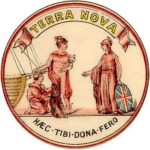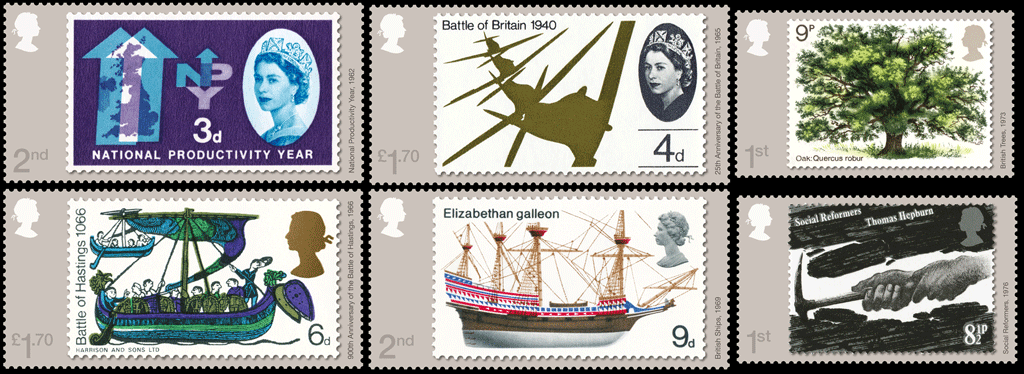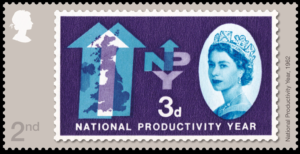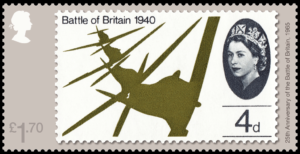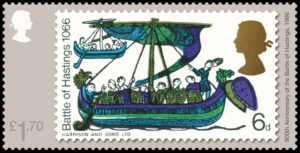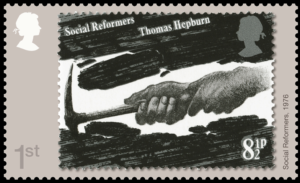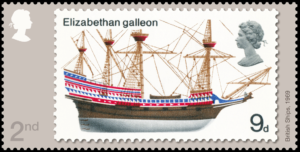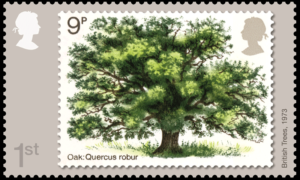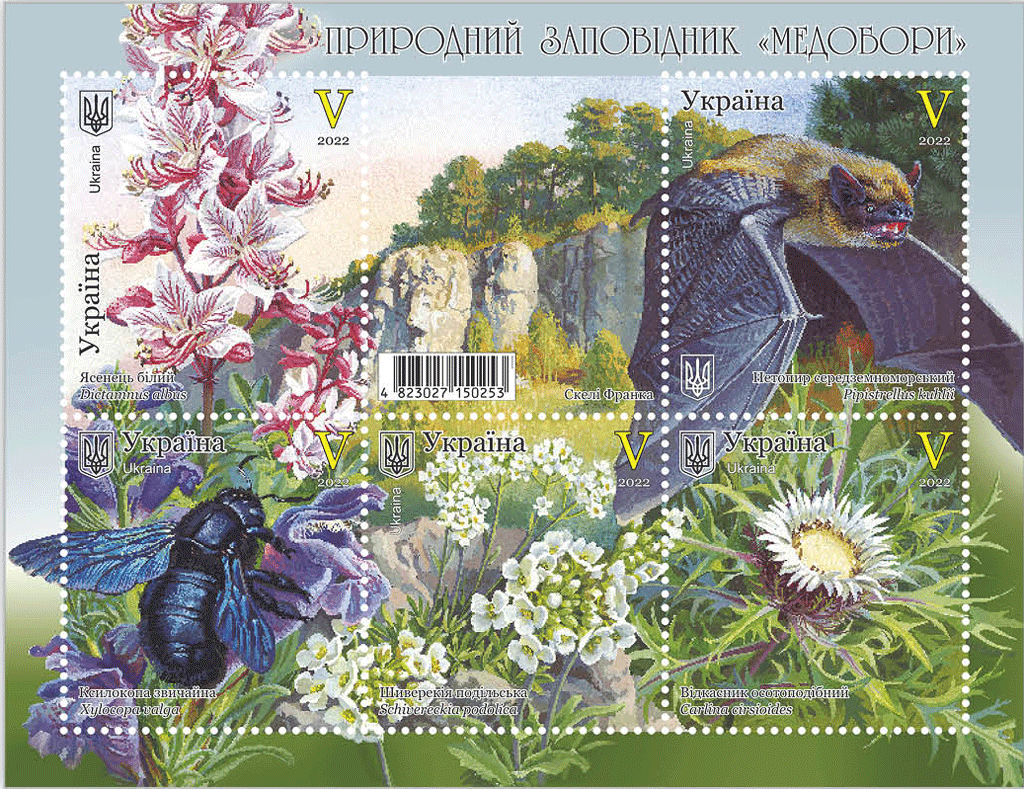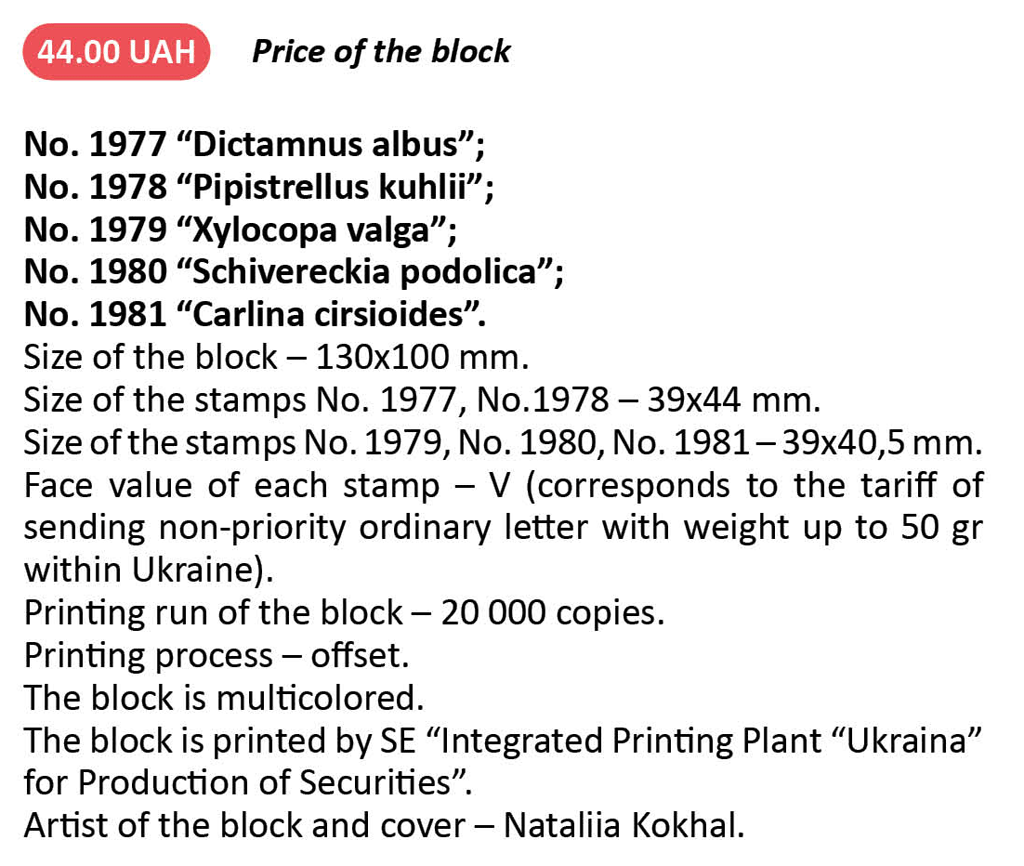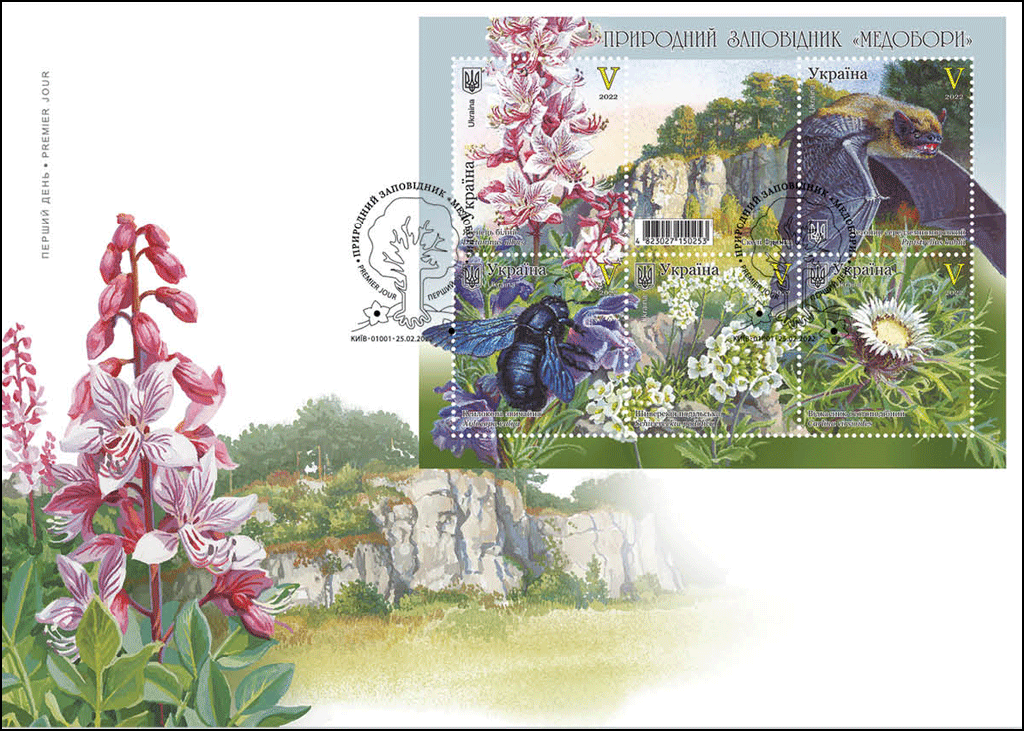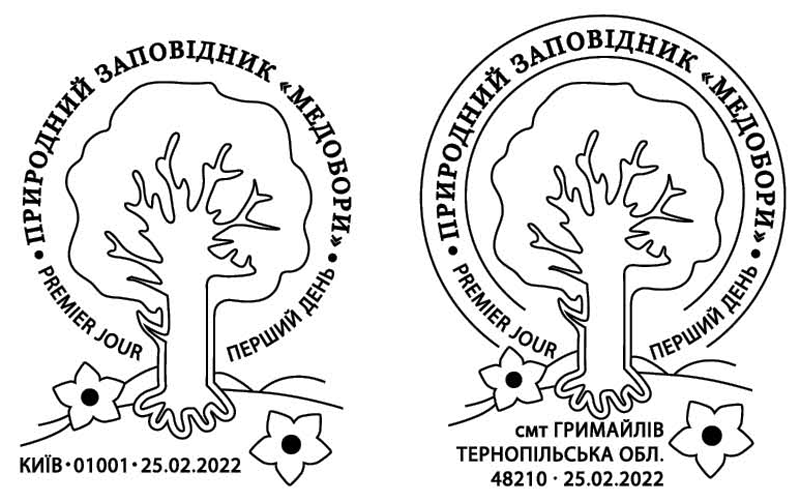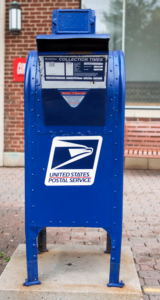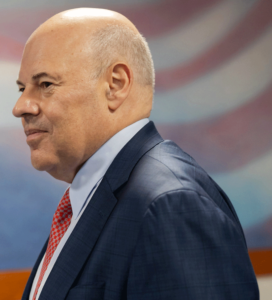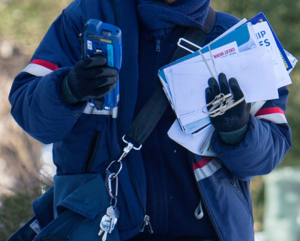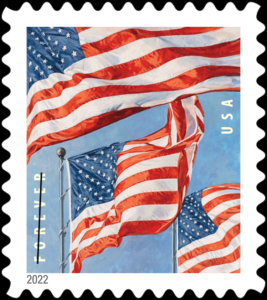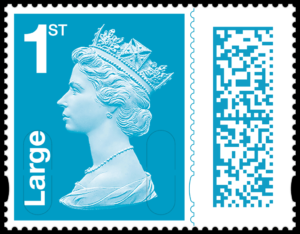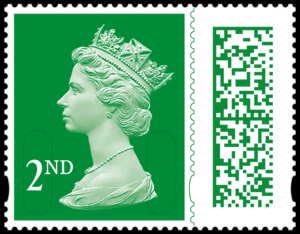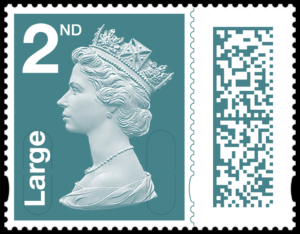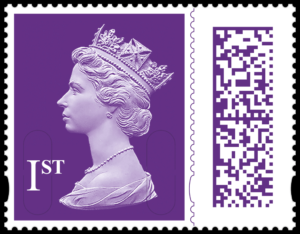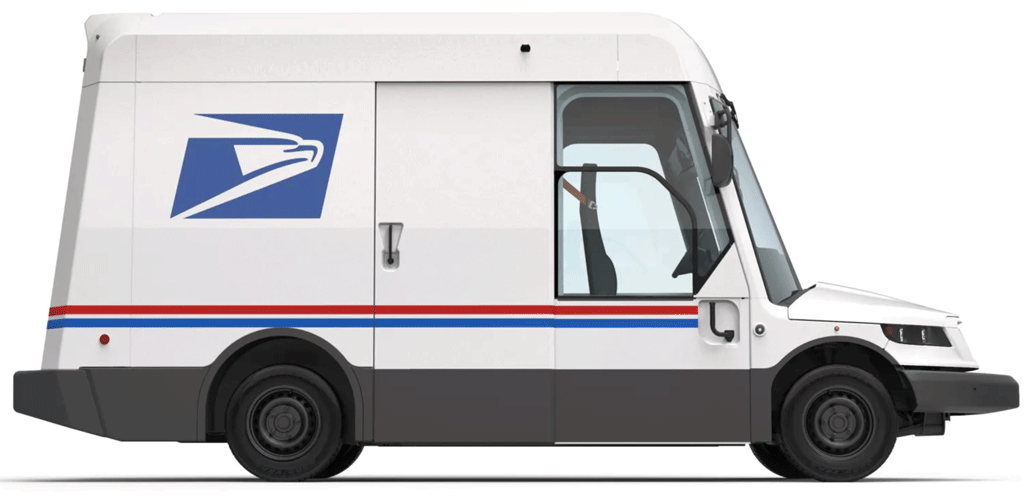[press release] [click on any of the pictures for larger versions]
Experience Nature – Nieuwkoopse Plassen
- Issue: Experience Nature – Nieuwkoopse Plassen
- Date of issue: 21 February 2022
- Appearance: sheet of ten stamps in ten different designs
- Item number: 420261
- Design: Frank Janse, Gouda
- Photography: Buiten-Beeld
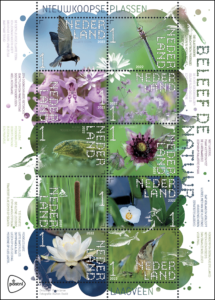 On 21 February 2022, PostNL will publish the Experience Nature – Nieuwkoopse Plassen issue: a sheet of ten stamps in ten different designs. The denomination on these stamps is ‘1’, the denomination for items weighing up to 20g destined for the Netherlands. The stamp sheet about the Nieuwkoopse Plassen is part of the multi-annual Experience nature 2021-2023 series. In the series, four stamp sheets are issued every year, each comprising ten different stamps. The stamps feature images of plants and animals in unique Dutch nature reserves across the country. In 2022, it is the turn of the provinces of Zeeland, Zuid-Holland, Limburg and Gelderland.
On 21 February 2022, PostNL will publish the Experience Nature – Nieuwkoopse Plassen issue: a sheet of ten stamps in ten different designs. The denomination on these stamps is ‘1’, the denomination for items weighing up to 20g destined for the Netherlands. The stamp sheet about the Nieuwkoopse Plassen is part of the multi-annual Experience nature 2021-2023 series. In the series, four stamp sheets are issued every year, each comprising ten different stamps. The stamps feature images of plants and animals in unique Dutch nature reserves across the country. In 2022, it is the turn of the provinces of Zeeland, Zuid-Holland, Limburg and Gelderland.
[The PostNL site for stamp purchases is here.]
The 21 February 2022 issue focuses on the low peatlands of the Nieuwkoopse Plassen, situated in the centre of Zuid-Holland. The stamp sheet issued earlier this year (3 January 2022) was about Fort Ellewoutsdijk in Zeeland. Later this year, stamps will be issued featuring the chalk landscape of the Sint-Pietersberg in Zuid-Limburg (13 June 2022) and the Leuvenum Woods on the Veluwe in Gelderland (15 August 2022).
The Nieuwkoopse Plassen nature reserve covers an area of around 1400 hectares, most of which is owned by Vereniging Natuurmonumenten. The lakes were created by peat 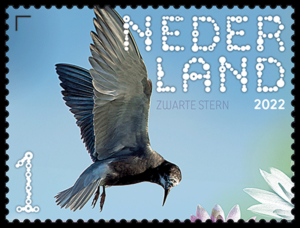 extraction, which started in the 16th century. In addition to the larger Zuideinderplas and Noordeinderplas, it also has a number of smaller lakes and watercourses with names such as Maarten Freekenwei, Weide van Vliet, Armengat, Bleigaten, Poeltje and Noordse Plassen. This expansive low peatland bog is home to numerous unusual plants and animals. For example, the area is home to significant populations of purple herons, fen orchids and Tundra voles. In addition to its lakes, ponds and watercourses, the area also has many reed beds, especially in the eastern part. This is also the location of Lusthof De Haeck; an old remnant of swamp forest with paths, bridges and views of the surrounding lakes. The Nieuwkoopse Plassen are still under development. The Ruygeborg – a new natural area between Nieuwkoop and Noorden – has been in development since 2012, for example. In combination with the Groene Jonker
extraction, which started in the 16th century. In addition to the larger Zuideinderplas and Noordeinderplas, it also has a number of smaller lakes and watercourses with names such as Maarten Freekenwei, Weide van Vliet, Armengat, Bleigaten, Poeltje and Noordse Plassen. This expansive low peatland bog is home to numerous unusual plants and animals. For example, the area is home to significant populations of purple herons, fen orchids and Tundra voles. In addition to its lakes, ponds and watercourses, the area also has many reed beds, especially in the eastern part. This is also the location of Lusthof De Haeck; an old remnant of swamp forest with paths, bridges and views of the surrounding lakes. The Nieuwkoopse Plassen are still under development. The Ruygeborg – a new natural area between Nieuwkoop and Noorden – has been in development since 2012, for example. In combination with the Groene Jonker 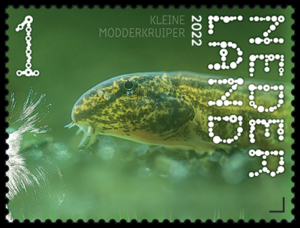 – a wetland area created near Zevenhoven in 2008 – it is now an ecological link with the Vinkeveense Plassen.
– a wetland area created near Zevenhoven in 2008 – it is now an ecological link with the Vinkeveense Plassen.
Sources: natuurmonumenten.nl, wikipedia.nl
John Pietersen has been a forest ranger at Vereniging Natuurmonumenten since 2009. He was born and raised in the village of Noorden, on the shores of the Nieuwkoopse Plassen. He describes the area for which he is responsible as a unique low peatland bog with lots of water. ‘Even when it looks green, there is a big chance there is water underneath. That’s what we call floating land. The Nieuwkoopse Plassen were created through peat cutting and extraction. You can still see this in the landscape. The water has settled in areas where peat used to be extracted. We 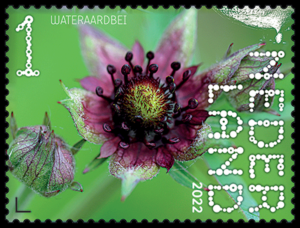 call those petgaten. The peat was laid out to dry on artificial drying islands. These still stick out above the water. Actually, it is a man-made area, with a lot of rare nature. Like unique orchids, for example. Right in the centre of the area you’ll even find a swathe of bog heath, the largest in Western Europe. That’s where you can see the Erica in bloom, surrounded by water. It’s an amazing sight. The area is a favourite destination, especially for nature lovers. Not too busy, with a lovely balance between recreation and nature conservation. I know the lakes and wetlands like the back of my hand, I can even navigate through them effortlessly in the dark. I have lived by these wetlands all my life, but the area never ceases to amaze me. I’m a bog man through and through.’
call those petgaten. The peat was laid out to dry on artificial drying islands. These still stick out above the water. Actually, it is a man-made area, with a lot of rare nature. Like unique orchids, for example. Right in the centre of the area you’ll even find a swathe of bog heath, the largest in Western Europe. That’s where you can see the Erica in bloom, surrounded by water. It’s an amazing sight. The area is a favourite destination, especially for nature lovers. Not too busy, with a lovely balance between recreation and nature conservation. I know the lakes and wetlands like the back of my hand, I can even navigate through them effortlessly in the dark. I have lived by these wetlands all my life, but the area never ceases to amaze me. I’m a bog man through and through.’
The Experience nature – Nieuwkoopse Plassen stamps feature the following ten inhabitants of the nature reserve:
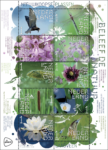 the black tern,
the black tern,- hairy dragonfly,
- Southern Marsh orchid,
- ragged robin or cuckoo flower,
- spined loach,
- marsh cinquefoil,
- lesser bulrush,
- water soldier,
- white water lily, and
- bittern.
Each has its own stamp. The stamp sheet also features many more images of flora and fauna from this area. These are featured as transparent images in a separate graphic layer: spoonbill (top right), white water lily (top centre), gadwall (top centre right), grebe (centre left) and bitterling (bottom left and right). These transparent images cross the perforations and connect the stamps with each other and the sheet edge.
Design
The Experience Nature – Nieuwkoopse Plassen stamp sheet was designed by graphic 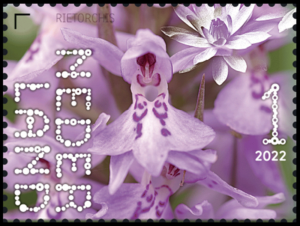 designer Frank Janse from Gouda. On the sheet, the ten plants and animals are depicted in their natural environment, each on their own stamp. In some cases, the image or background colour continues onto the adjacent stamp and onto the sheet edge. All photos are incorporated in a graphic layer of different-sized overlapping circles, which break through the boundaries of the perforations. The circle pattern returns as small droplets on the sheet edge and the tabs. There is another graphic layer on top of the circles featuring transparent images of animals and plants from this area. The monochrome images are almost abstract and link the stamps.
designer Frank Janse from Gouda. On the sheet, the ten plants and animals are depicted in their natural environment, each on their own stamp. In some cases, the image or background colour continues onto the adjacent stamp and onto the sheet edge. All photos are incorporated in a graphic layer of different-sized overlapping circles, which break through the boundaries of the perforations. The circle pattern returns as small droplets on the sheet edge and the tabs. There is another graphic layer on top of the circles featuring transparent images of animals and plants from this area. The monochrome images are almost abstract and link the stamps.
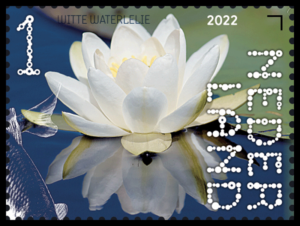 The entire Experience Nature series was designed by Janse. While the focus was on various animal and plant species in the period from 2018 to 2020, in 2021-2023 the focus will be on unique Dutch nature reserves and their flora and fauna.
The entire Experience Nature series was designed by Janse. While the focus was on various animal and plant species in the period from 2018 to 2020, in 2021-2023 the focus will be on unique Dutch nature reserves and their flora and fauna.
Nieuwkoopse Plassen in Zuid-Holland is situated near the towns of Nieuwkoop, Noorden and De Meije. The peat river of the same name, the Meije, runs along the south-eastern border of the area.
The denomination on these stamps is ‘1’, the denomination for items weighing up to 20 g destined for delivery in the Netherlands.
Technical Specifications:
Stamp size: 40 x 30mm
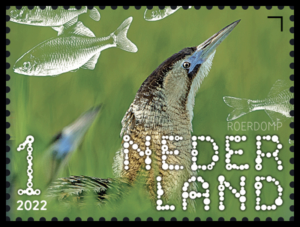 Sheet size: 122 x 170mm
Sheet size: 122 x 170mm
Paper: normal with phosphor print
Glue: self-adhesive
Printing technique: offset
Printing colours: cyan, magenta, yellow and black
Print run: 285,000 sheets
Appearance: sheet of 10 stamps in 10 different designs
Design: Frank Janse, Gouda
Photography: Buiten-Beeld
Printing company: Cartor Security Printers, Meaucé-La Loupe, France
Item number: 420261
 Gini Horn, the longtime chief librarian of the American Philatelic Research Library and the American Philatelic Society, has passed away at the age of 70. You can find her obituaries at on the APS website and that of a local newspaper.
Gini Horn, the longtime chief librarian of the American Philatelic Research Library and the American Philatelic Society, has passed away at the age of 70. You can find her obituaries at on the APS website and that of a local newspaper.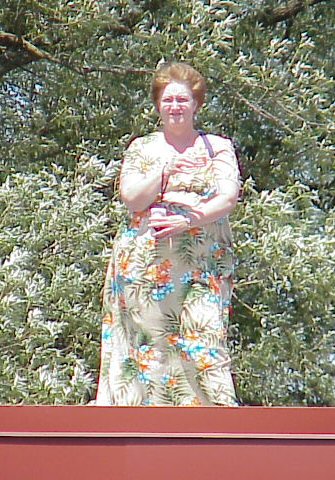
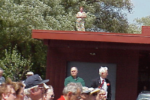 “It’s a stamp library, how big could it be?” Thanks to her, it got bigger.
“It’s a stamp library, how big could it be?” Thanks to her, it got bigger.

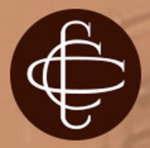 winners of the 2021 Pratt Award, which recognizes articles or other publications related to the philately of Newfoundland as judged by the Pratt Award Committee as being significant and of academic merit. It is awarded in the year following its publishing.
winners of the 2021 Pratt Award, which recognizes articles or other publications related to the philately of Newfoundland as judged by the Pratt Award Committee as being significant and of academic merit. It is awarded in the year following its publishing.